You’ll need ambisonic microphones with tetrahedral configurations for true 360-degree audio capture, paired with point source mics like lavaliers for dialogue clarity. Plan your spatial audio during storyboarding, mapping microphone placements for each scene. Position ambisonic mics at the center of action while keeping them out of frame. Record multiple takes to guarantee quality options, especially for longer scenes exceeding three minutes. These foundational techniques will elevate your immersive content to professional standards.
Choose the Right Microphone Setup for Your Recording Environment
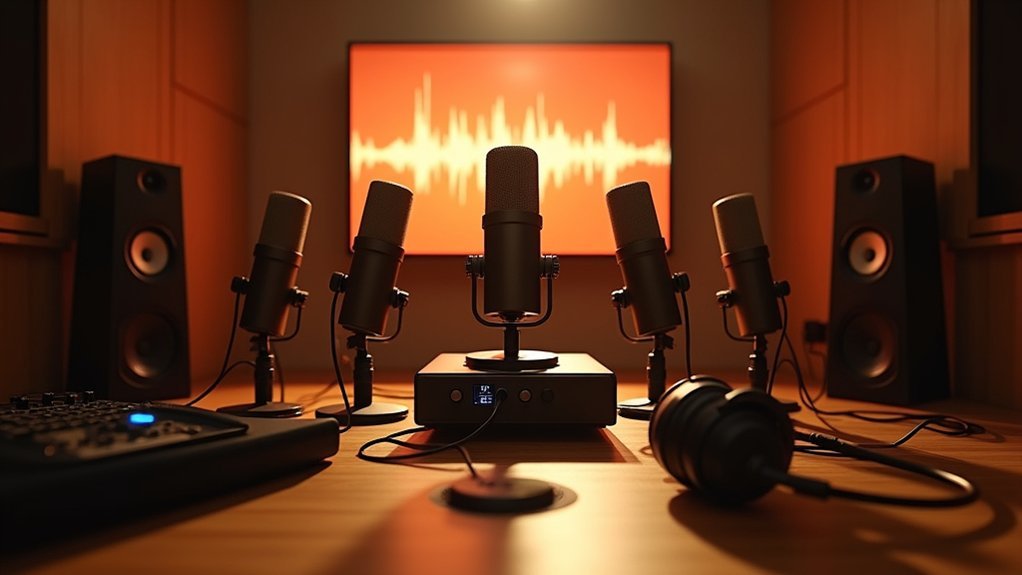
When creating immersive 360-degree videos, you’ll need an ambisonic microphone with multiple capsules arranged in a tetrahedron configuration to capture the complete spherical sound field that makes spatial audio truly compelling.
Confirm your microphone’s compatible with your recording equipment and software like Facebook 360 Spatial Workstation for seamless workflow integration.
Verify your ambisonic microphone works seamlessly with recording gear and spatial audio software for smooth 360-degree video production workflows.
Consider adding point source microphones such as lavalier or shotgun mics alongside your ambisonic recordings to isolate specific sounds and enrich your immersive audio landscape.
Use innovative positioning techniques to keep microphones invisible in your 360-degree video frame, maintaining the viewer’s sense of presence.
Research different models thoroughly, examining user feedback about performance across various recording environments.
This confirms reliable capture quality for your immersive audio experiences regardless of location challenges.
Plan Audio Capture During Your Storyboarding Process
Before you start filming, integrate spatial audio planning directly into your storyboarding process to guarantee your microphone strategy supports your narrative vision. Define how spatial audio will guide viewer attention and document microphone placement for each scene. Consider camera movement’s impact on audio capture to maintain audio consistency throughout your immersive video.
| Storyboarding Element | Audio Capture Strategy |
|---|---|
| Scene shifts | Position ambisonic microphones for seamless audio flow |
| Point of interest focus | Use directional mics to emphasize specific sound sources |
| Camera movement paths | Plan microphone placement to avoid audio dropouts |
| Environmental sounds | Map ambient audio sources for ideal audio positioning |
| Dialogue scenes | Coordinate mic orientations with speaker locations |
Strategic storyboarding guarantees your final product delivers exceptional immersive quality through thoughtful spatial audio integration.
Record Multiple Takes to Maximize Audio Quality Options
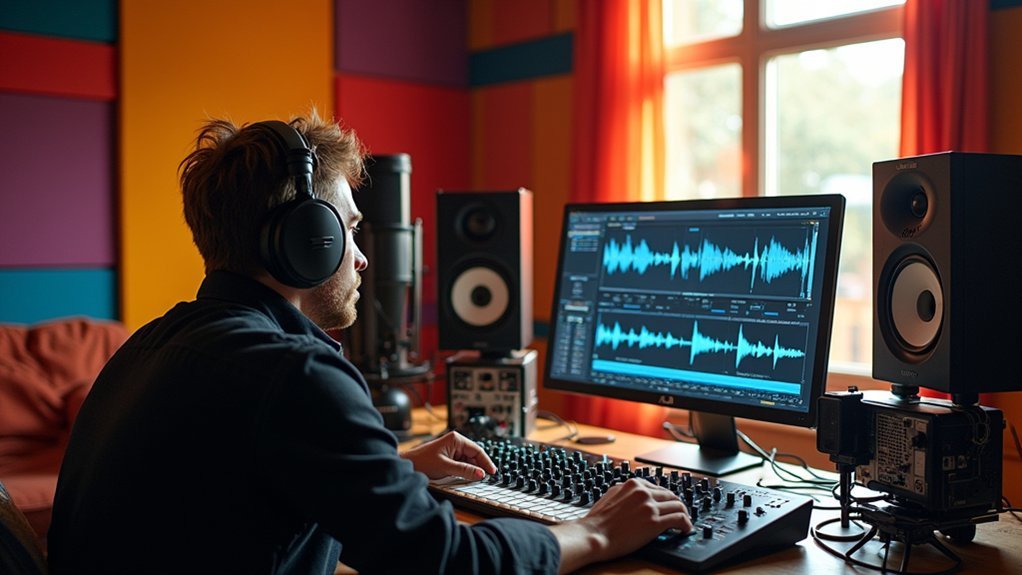
Once your storyboard maps out your spatial audio strategy, you’ll need to capture multiple takes of each scene to secure the highest quality audio for your 360-degree video.
Recording multiple takes provides essential options during post-production, allowing you to select the best combination of visuals and spatial audio for maximum immersive impact.
Each take addresses potential challenges like environmental noise, camera overheating, or storage limitations.
You’ll want to capture longer takes—ideally over three minutes—to give yourself substantial material for the editing process. This approach guarantees smoother changes and maintains audio quality throughout your final product.
Budget adequate time for multiple takes across different conditions and locations.
This strategy minimizes risks of missing vital sound elements and assures thorough spatial audio recording for your immersive experience.
Position Ambisonic Microphones Strategically for Optimal Sound Capture
Positioning your ambisonic microphone at the center of the action creates the most immersive and balanced soundscape for your 360-degree video. This strategic positioning guarantees your spatial audio aligns with your camera for accurate synchronization.
Use a tetrahedral capsule arrangement to effectively capture 360-degree audio from all directions, enhancing your immersive soundscape through proper recording techniques.
Consider height placement carefully to balance ambient sounds with directional audio, adding depth to your sound field. Place your ambisonic microphone away from noise sources and reflections to improve your signal-to-noise ratio, resulting in clearer recordings.
Test different placements and angles during rehearsals to discover the best placement that captures your scene’s desired sound dynamics. Strategic positioning transforms good spatial audio into exceptional immersive experiences.
Combine Point Source and Ambisonic Recordings for Enhanced Depth
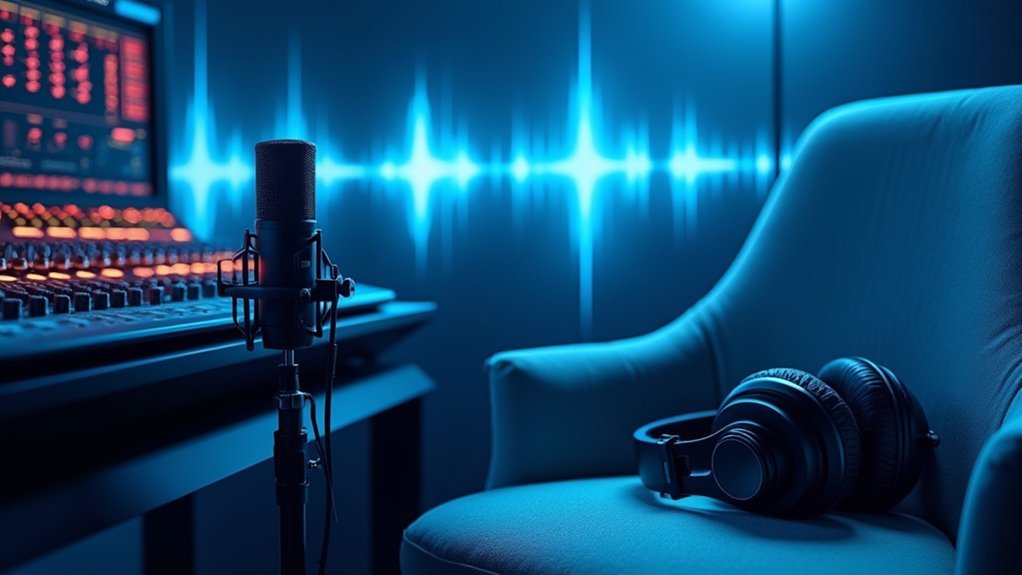
While ambisonic microphones excel at capturing extensive spatial environments, you’ll achieve superior audio depth by combining them with strategically placed point source microphones. This approach enhances your 360-degree soundscape by adding localized sounds that ambisonic recordings might miss.
Use lavalier or shotgun mics to capture specific dialogue clarity while your ambisonic mic handles immersive background audio.
Strategic microphone pairing delivers exceptional results: lavaliers capture crisp dialogue while ambisonic mics create immersive environmental soundscapes.
For best results, pair a Sennheiser Ambeo with DPA 4060 omnidirectional lavaliers. This combination creates rich audio tapestries that elevate your immersive videos.
During post-production, you’ll have precise control when mixing audio from both sources, allowing strategic spatial placement of sounds. This dual-recording approach guarantees your final product delivers both ambisonic immersion and point source precision, greatly improving the overall viewer experience.
Frequently Asked Questions
What Is the Difference Between Spatial Audio and Immersive Audio?
You’ll find spatial audio focuses on positioning sounds in three-dimensional space around you, while immersive audio creates a broader, more enveloping experience that includes spatial elements plus environmental sounds and emotional engagement.
How Do You Experience 360 Reality Audio?
You’ll experience 360 Reality Audio through compatible headphones and streaming services that support spatial audio formats. The technology places sounds around you in three-dimensional space, creating immersive soundscapes that respond to your head movements.
How to Use Spatial Audio Properly?
You’ll position ambisonic microphones precisely with your camera, record multiple takes, add point source mics for detail, and master B-Format standards to create convincing three-dimensional soundscapes that match your visual content.
What’s the Point of Head-Tracked Spatial Audio?
Head-tracked spatial audio makes you feel like you’re actually inside the virtual environment. When you turn your head, sounds shift naturally around you, creating realistic 3D audio that matches your movements perfectly.


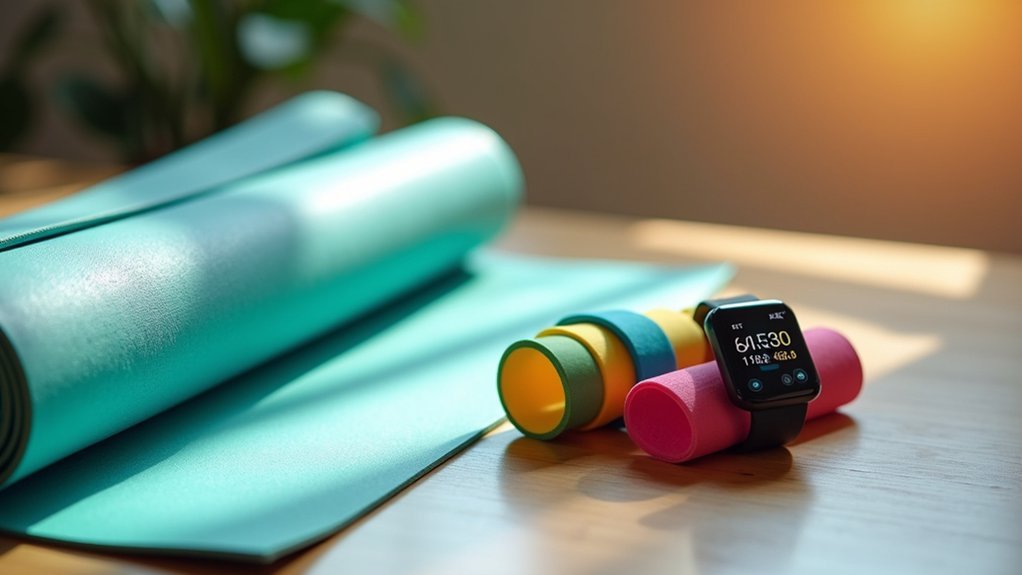
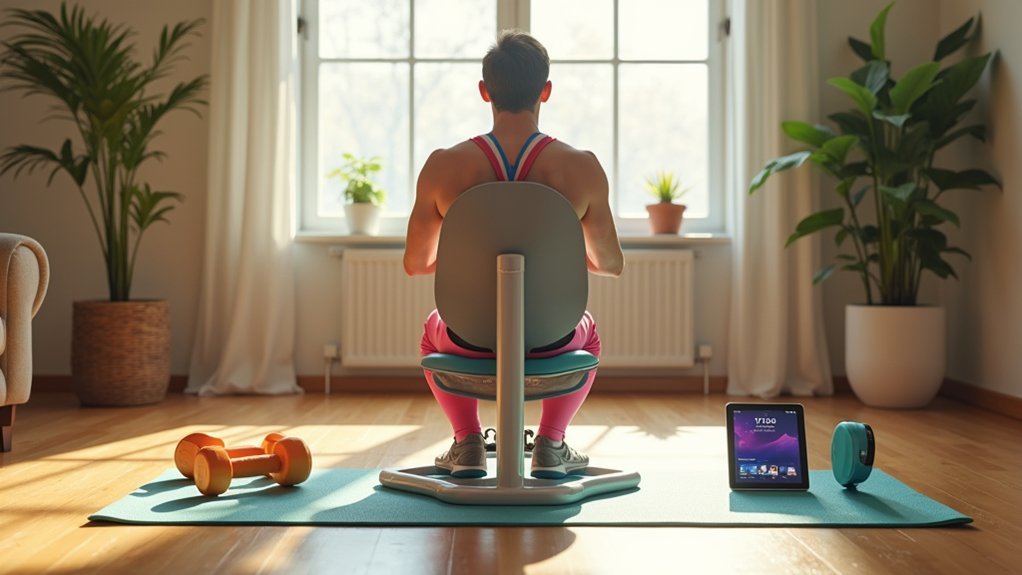

Leave a Reply